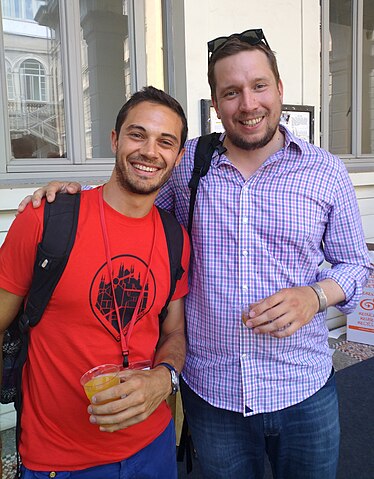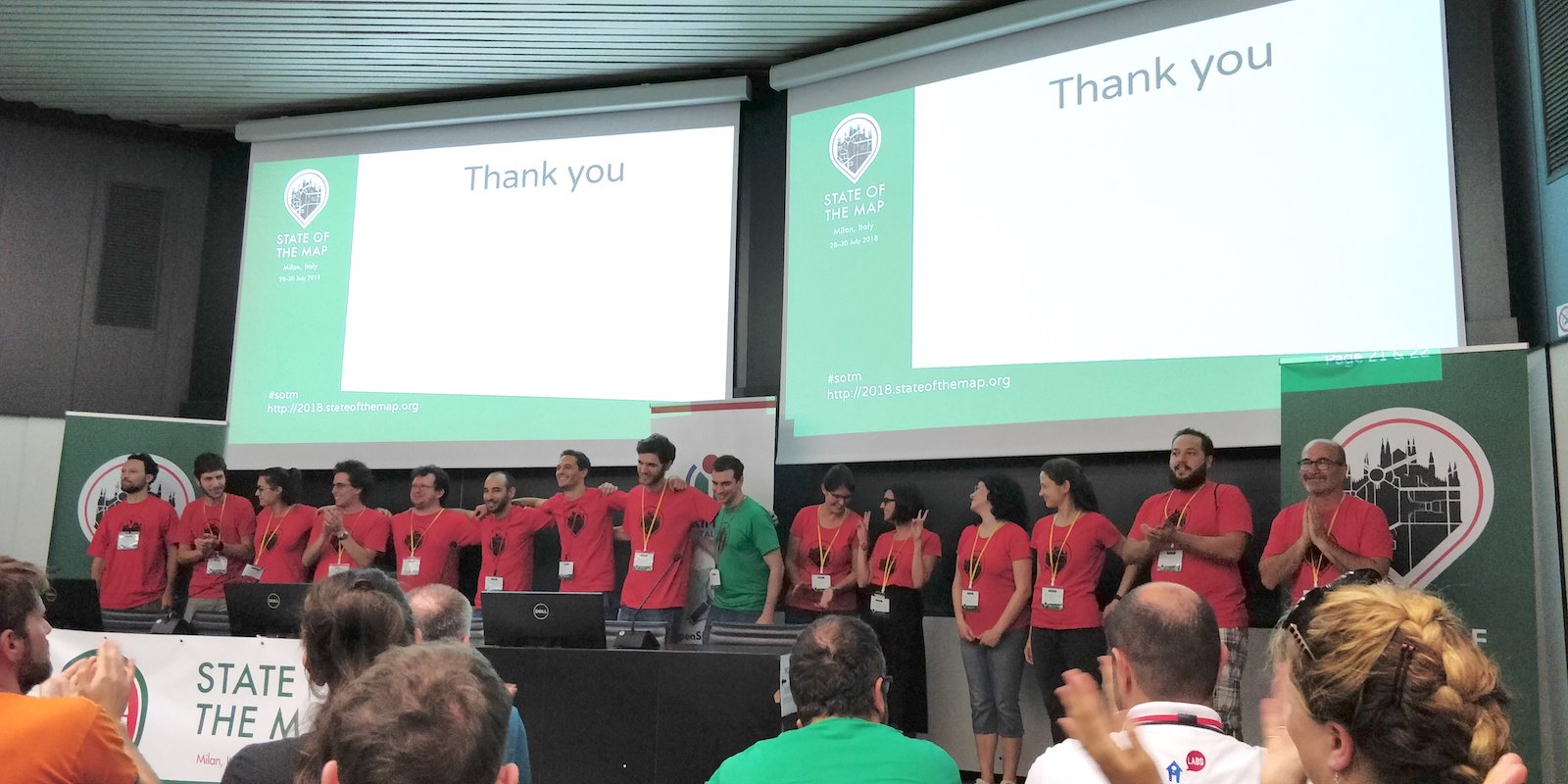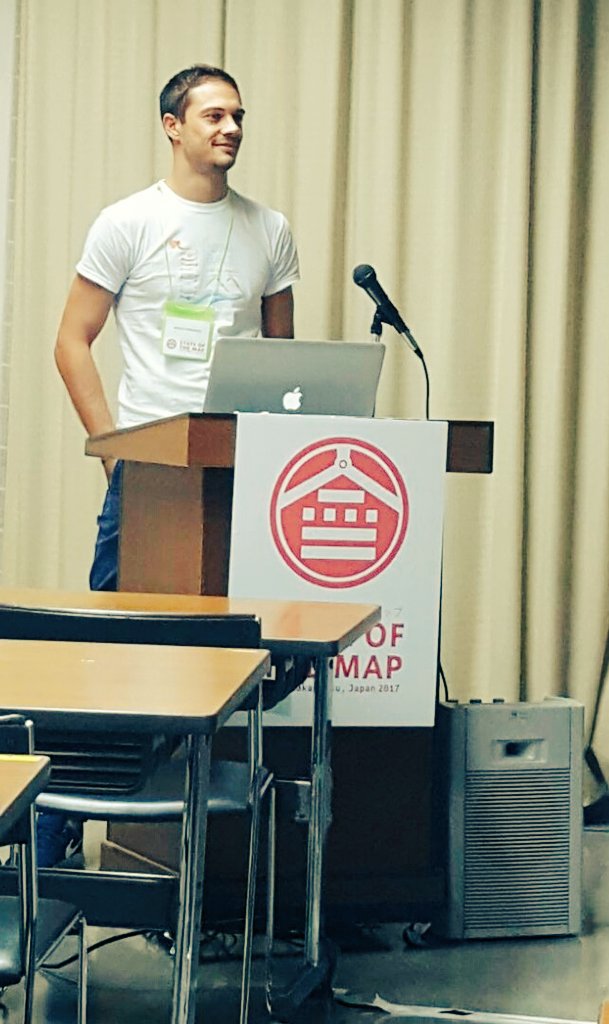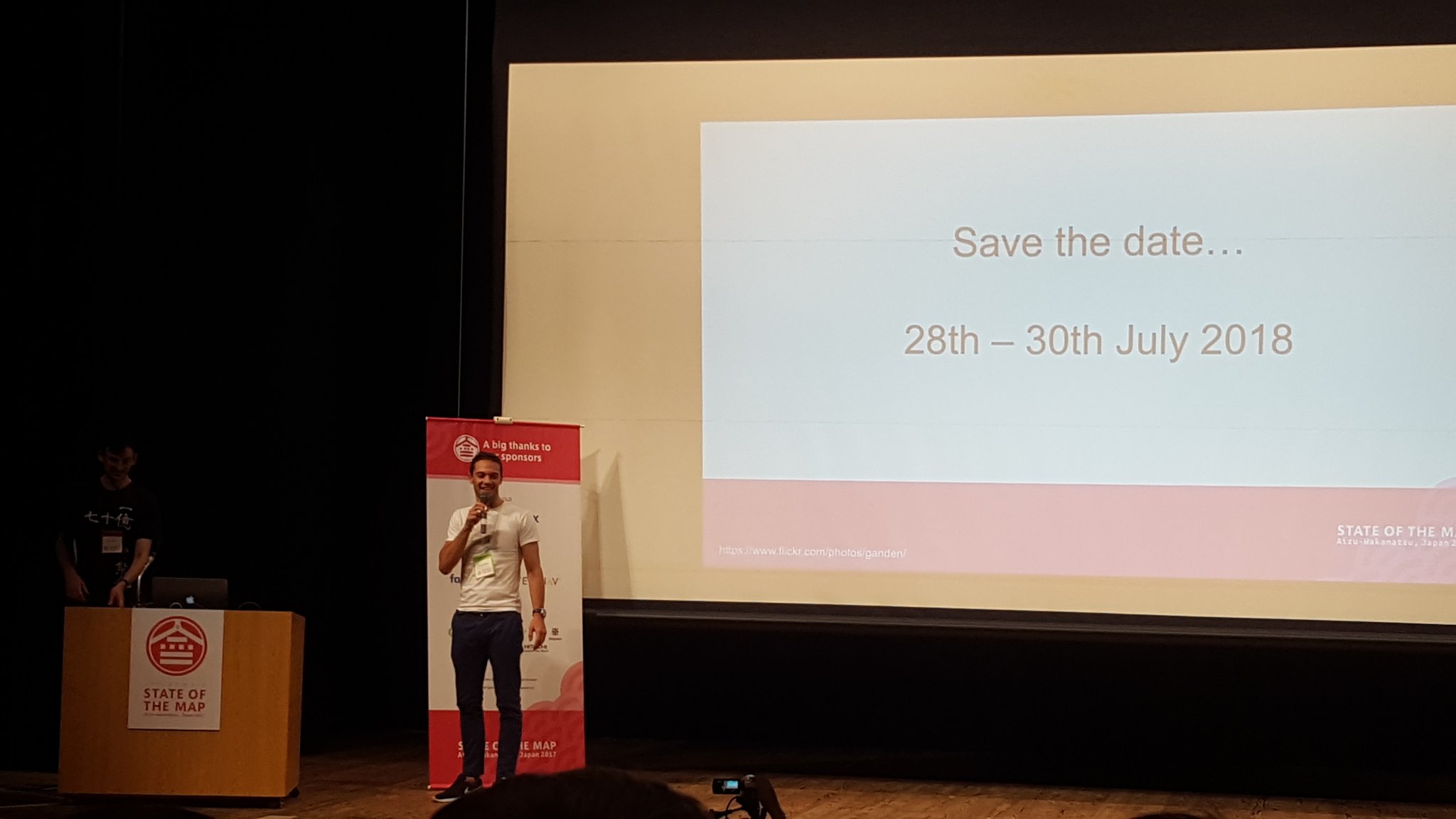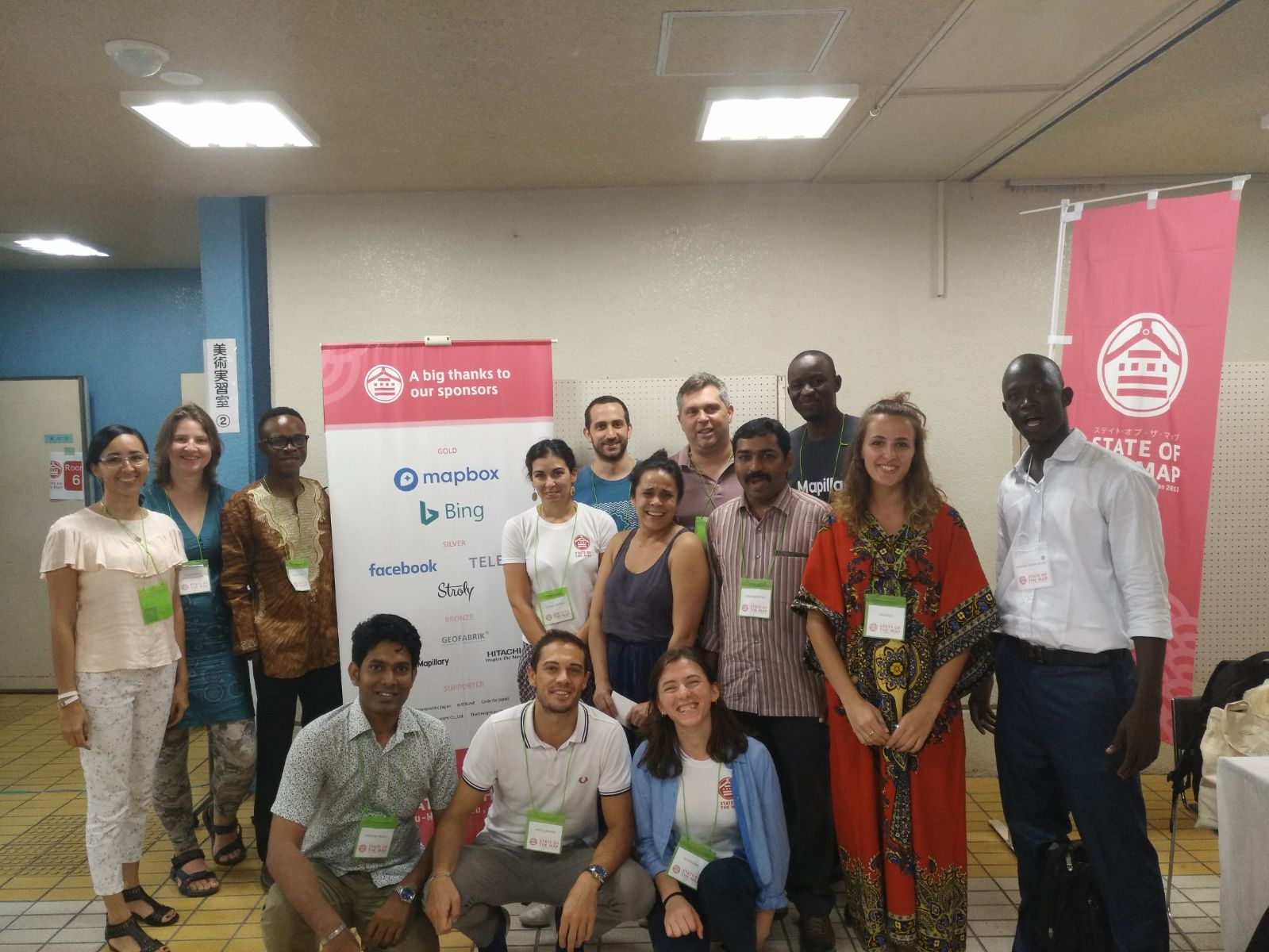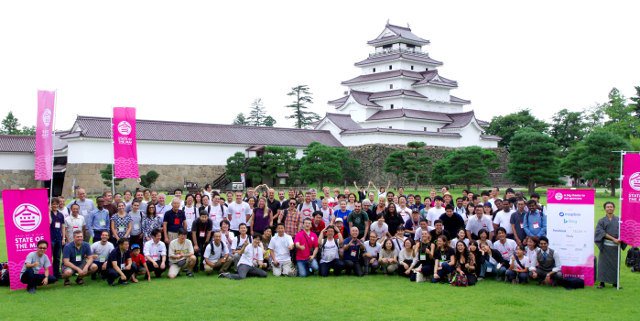My experience at State of the Map 2019 started long before the conference itself. As promised in my post after State of the Map 2018 in Milan, I decided to get involved in the OSMF State of the Map Organizing Committee, with the main task to re-propose an Academic Track after the success of the 2018 edition.
This has meant embarking in an exciting but challenging journey started at the end of 2018, where I had again - after Milan’s experience - the pleasure to work with the other members of the Organizing Committee (Christine, Michael, Gregory and Mikel) as well as with the great Local Team from Heidelberg lead by Martin. And, above all, this has meant working with the other members of the Academic Track Scientific Committee: Yair, Peter, Levente and Godwin. We were able to attract a lot of submissions, to edit the publication of the SotM 2019 conference proceedings, to put together a high-quality academic program and to run it successfully in Heidelberg. Thanks again guys, and thanks to all the authors who made the program great with their talks and posters!
The conference has been also a great chance for me to present some of the latest work I’ve been doing with OSM. I gave a lightning talk on “Is OSM up-to-date?”, a software performing intrinsic quality assessment of OSM (slides here, video here); the opening talk of the Academic Track, given on behalf of the whole Scientific Committee about the link between the OSM academic and mapping communites (slides here, video here); and a talk about a statistical-based method to study OSM contribution patterns, developed with my former colleagues at Politecnico di Milano (slides here, video here).
The conference was also a unique opportunity to engage with other members of the Italian OSM community, to meet in person the renowned members of the Heidelberg Institute for Geoinformation Technology (in particular Alex Zipf, that I have cited so many times in my research papers), and to meet old and new friends from - literally - any part of the world. These interactions are the real proof of how much this is a community conference!
One of the best memories of my SotM 2019 will certainly be the presentation by Davey Lovin (see video here), from which I happily discovered that the OSM buildings mapped in a world-record humanitarian mapathon with over 200 10-year old children I co-organized in 2016 have been actually used in a real planning project in Swaziland! This is simply amazing and does not only make me proud, but shows how incredible OSM is in connecting communities.
All in all, I feel lucky I’ve been able to attend my third consecutive SotM after 2017 in Japan and 2018 in Italy. I would like to thank my hierarchy at the JRC for allowing me to join this event, the OSM Foundation for its support, the Heidelberg Local Team for the warm welcome and perfect organization (and of course, for the SotM beer!) and everyone for making this event a huge success!
What’s next? 10 months in advance it’s impossible to say if I will have the chance to attend SotM 2020 in Cape Town, but one thing is sure: I will do my best to help again the OSMF State of the Map Organizing Committee in preparing a super event with a super Academic Track!







